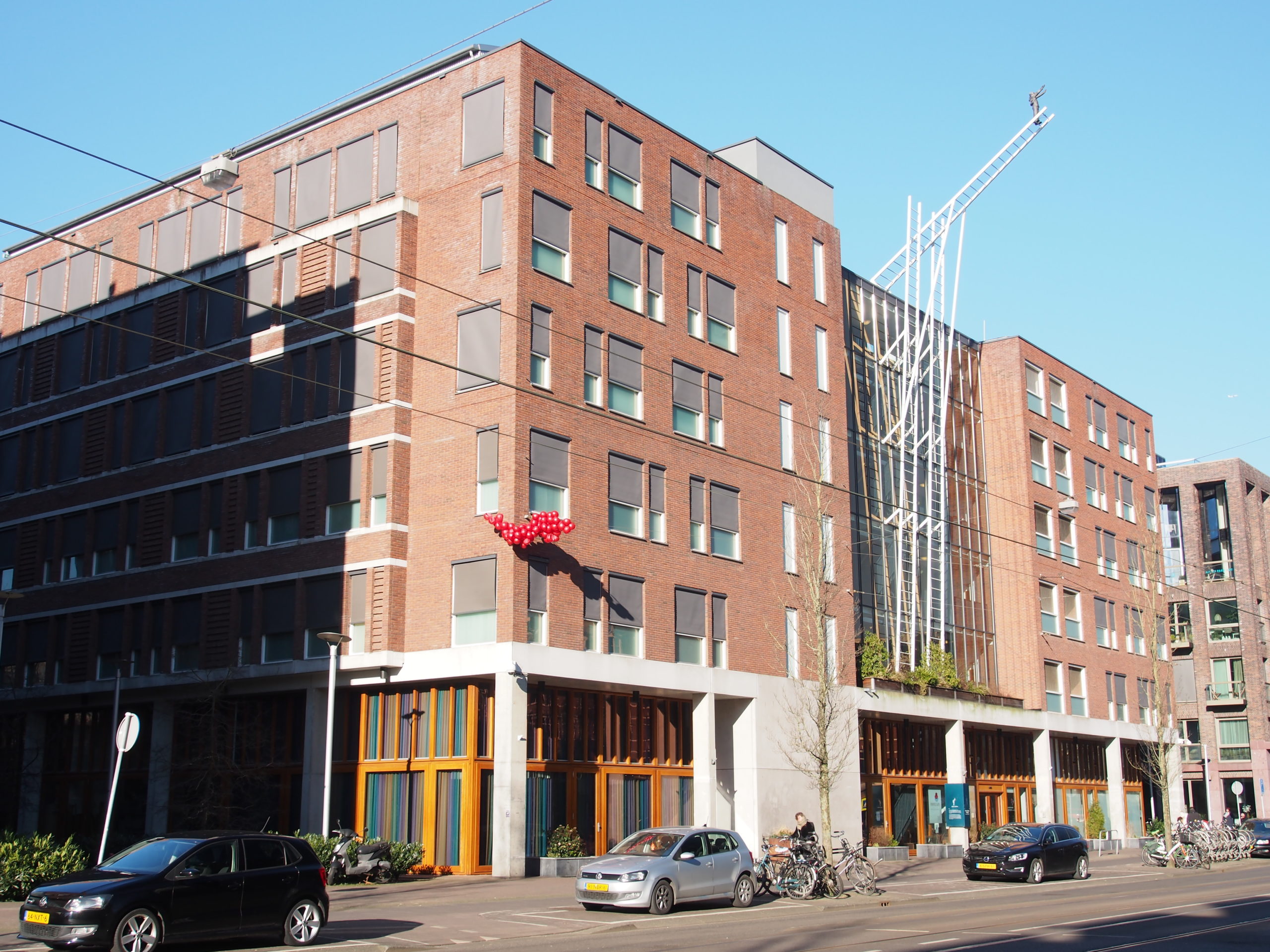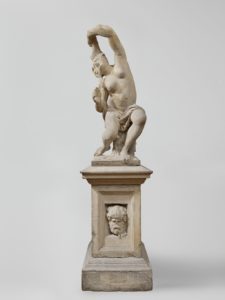Empty Amsterdam
door amsterdam&partners - Mals Media

Mentrum’s psychiatric service centre has a striking facade. A sculpture called “How to meet an Angel” by Elya and Emilia Kabokov towers above the building. A man is ready to fly into the city. It stands for hope, being allowed to join again. It also stands for the fact that the road to recovery can be difficult and long. And suddenly this image also stands for what we have to do in the city.
The site of the current Mentrum clinic has a long history. It used to be home to the Pest and Dolhuys, where “hopelessly ill” people, including lunatics, were transferred from the Binnengasthuis. It was built in 1630 and was given the name Buitengasthuis, where people could be safely quarantined outside the city. In 1891 Queen Wilhelmina laid the foundation stone for a modern hospital and in 1925 the Wilhelmina Gasthuis took over the function as a university hospital until 1983. On this hospital grounds stood Pavilion 3, the psychiatric ward. It was a closed and overcrowded ward. For chronic patients it was founded in the dunes near Santpoort.
At that time psychiatry was very different from what it is today. Doctors and nurses were in charge. Patients had little or nothing to say. Socially patients were excluded, discriminated against and put away. The statue ‘de Razernij’ that stood in the courtyard of the Buitengasthuis depicted how people looked at psychiatric patients. The woman pulls her hair with both hands and her face is pulled together in pain. The pedestal is an image in itself. Each side of the pedestal shows the face of a lunatic. Like prisoners looking through the small windows in the doors of their cell.

Artus Quellinus, The Frenzy. Rijksmuseum Amsterdam
by Lodewijk van Grastek, Marge Jalink, Wilco Tuinebreijer